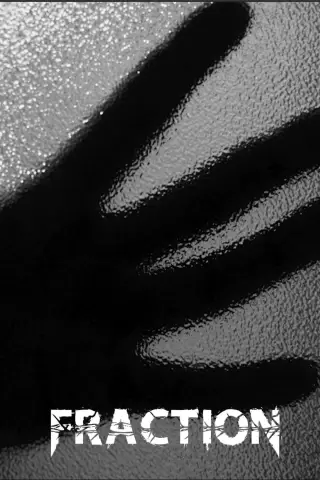- Author Curtis Blomfield [email protected].
- Public 2023-12-16 20:44.
- Last modified 2025-01-23 17:01.
Bilirubin exchange

The respiratory function of the blood provides all tissues of the body with the necessary amount of oxygen carried by a highly specialized transporter - hemoglobin - in the structure of red blood cells. However, these cells have a limited lifespan, averaging 100-120 days. Then they enter the organs of blood destruction, where hemoglobin is released from them. It is immediately bound by haptoglobin and transported to the cells of the reticuloendothelial system for further conversion into a non-toxic pigment (direct bilirubin) and excretion with bile. In macrophages and histiocytes, hemoglobin initially breaks down to biliverdin, which is 4 pyrrole rings connected by methane bridges. And then it is restored to free bilirubin, which is captured by transporter proteins and transferred to the liver. In her parenchyma, it is converted into direct bilirubin, that is, it is bound by glucuronate to neutralize it.

Rolebacteria
An indispensable role in further reactions on the release of bile pigments is performed by the normal intestinal microflora. Direct bilirubin from the liver is collected as part of bile in the vesica fellea, and when the Vater nipple opens, it enters the duodenum, and then to the small intestine, where it is released from glucuronic acid and turns into stercobilinogen, excreted with feces. Part of it, when passing through the rectum, is absorbed into the hemorrhoidal veins that enter the general circulation, bypassing the liver, and excreted through the kidneys with urine. Thus, both free and direct bilirubin are constantly found in the blood. The norm of the latter is about 5.1 µmol/l, and the total is 15.
Diagnosis of liver diseases
The fluctuations and the ratio of these indicators can be used to judge the functioning of the liver.

So, if the parenchyma of this organ has an infectious or toxic lesion, then most of the free pigment remains unbound, and the blood concentration of both forms of the pigment increases dramatically. Direct bilirubin is detected in the blood with the so-called subhepatic jaundice, in which there are obstacles to the normal outflow of bile, and in connection with this, bile regurgitation into the general circulation occurs. The reason for this may be compression of the bile duct by a tumor of the head of the pancreas, obliteration by a stone, etc. There is also suprahepatic jaundice, the cause of which is an increased breakdown of hemoglobin in the bloodstream. Hemolytic toxins can influence thismicroorganisms and poisons, some physiological conditions. However, with all these types of hepatitis, bilirubin accumulates in the tissues. Unbound due to its lipophilicity, it easily penetrates into cells, including through the blood-brain barrier, and uncouples the electron transport chains in mitochondria, thereby inhibiting energy metabolism. Safer in this regard is direct bilirubin, the norm of which is non-toxic, since its molecules are insoluble.






